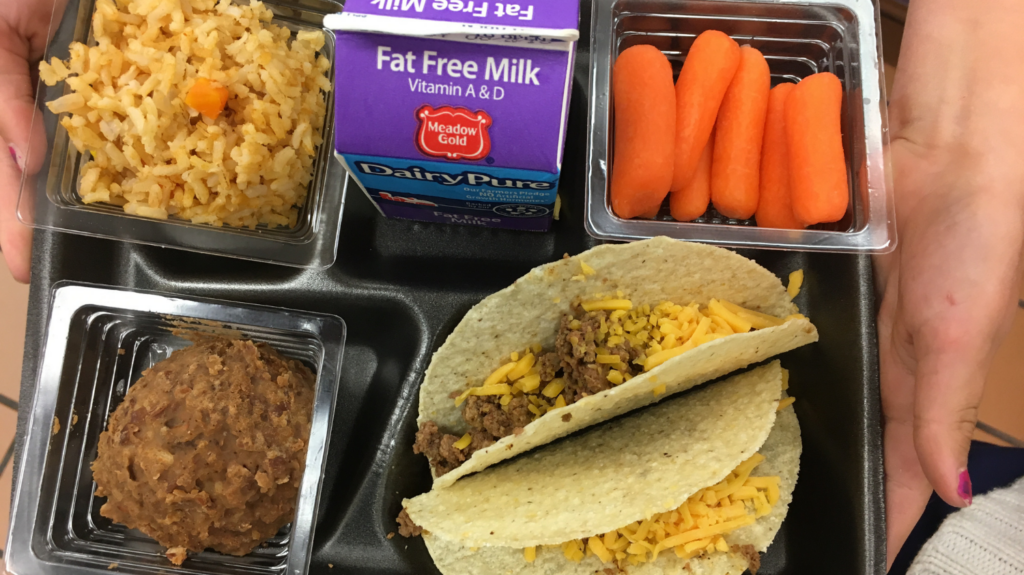In the United States, the National School Lunch Program (NSLP) has been providing nutritious meals to schoolchildren for over 75 years. The program was established in 1946 to ensure that children from low-income families had access to nutritious meals during the school day. Today, the program serves millions of children across the country, providing them with healthy and balanced meals that are essential for their growth and development. In this blog post, we will explore the importance of the USA School Lunch Program and its impact on students’ health and academic performance.
The Role of School Lunch in Children’s Health
Nutritious meals are essential for children’s overall health and well-being. A balanced diet provides the necessary nutrients and energy that children need to grow, develop, and learn. According to the Centers for Disease Control and Prevention (CDC), a healthy diet can help children maintain a healthy weight, reduce the risk of chronic diseases such as heart disease and diabetes, and improve their cognitive function and academic performance.
The USA School Lunch Program provides students with access to nutritious meals that are low in fat, sodium, and added sugars. These meals are rich in whole grains, fruits, and vegetables, lean protein, and low-fat dairy products. The program also sets strict nutrition standards, ensuring that the meals meet the dietary guidelines recommended by the USDA.
The Impact of School Lunch on Academic Performance
Research has shown that a healthy diet is closely linked to academic success. Studies have found that students who eat a nutritious breakfast and lunch are more attentive, have better memory and cognitive function, and perform better on tests than those who do not. A study published in the Journal of School Health found that students who participated in the NSLP had higher academic achievement and attendance rates than those who did not.
Moreover, the USA School Lunch Program helps to reduce food insecurity among children, which is essential for their academic performance. When children do not have access to enough nutritious food, they may experience hunger, fatigue, and poor concentration, making it difficult for them to focus on their studies. By providing students with access to healthy meals during the school day, the program ensures that they have the energy and nutrients they need to succeed academically.
Challenges and Opportunities for the USA School Lunch Program
Despite the many benefits of the USA School Lunch Program, the program faces several challenges. One of the most significant challenges is the cost of providing healthy and nutritious meals to students. The program receives funding from the federal government, but the funding is not always sufficient to cover the cost of the meals.
Another challenge is the need to address food waste in school cafeterias. Studies have found that students waste a significant amount of food that is served in school lunches. Addressing food waste requires a multi-faceted approach, including educating students on the importance of reducing food waste, improving menu planning, and implementing composting and recycling programs.
Despite these challenges, there are also opportunities to improve the USA School Lunch Program. For example, schools can partner with local farmers and food producers to provide students with locally sourced, fresh, and nutritious meals. This not only supports the local economy but also ensures that students have access to high-quality, fresh food.
Conclusion
The USA School Lunch Program is an essential program that provides students with access to healthy and nutritious meals. These meals are essential for children’s growth and development, as well as their academic success. While the program faces several challenges, there are opportunities to improve it and ensure that all students have access to healthy meals during the school day.

